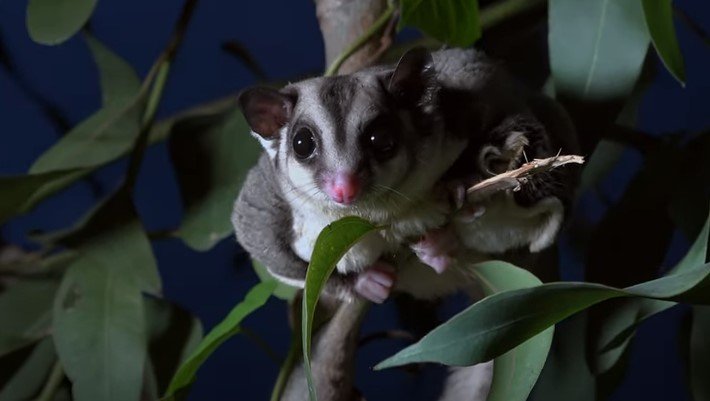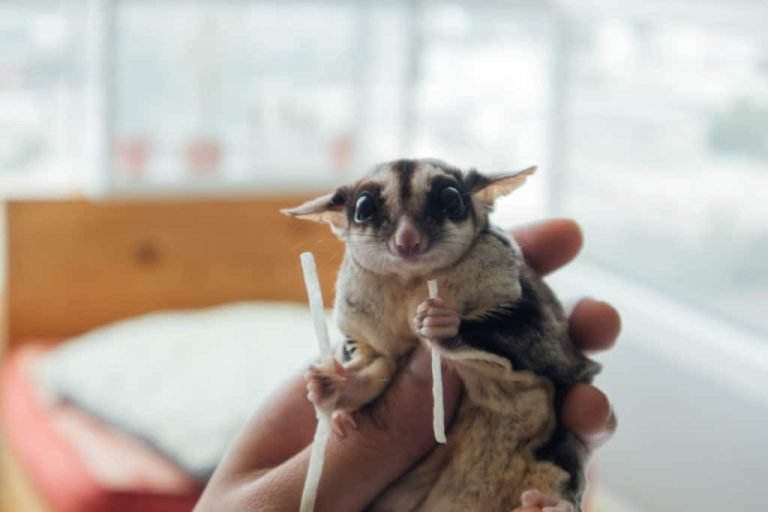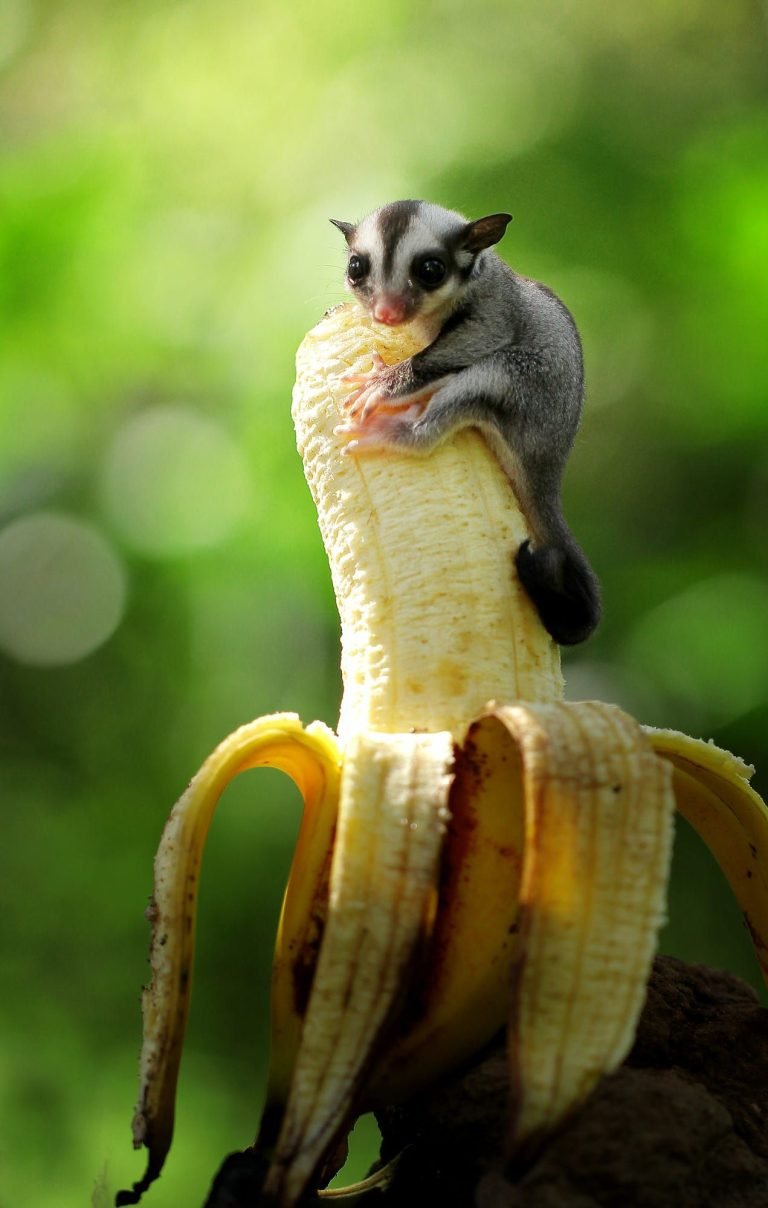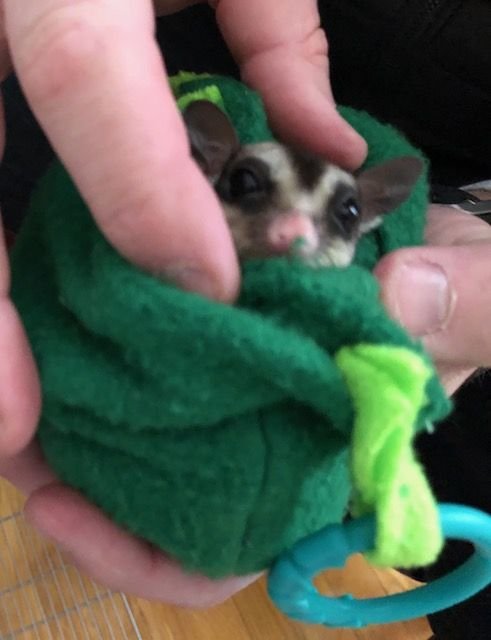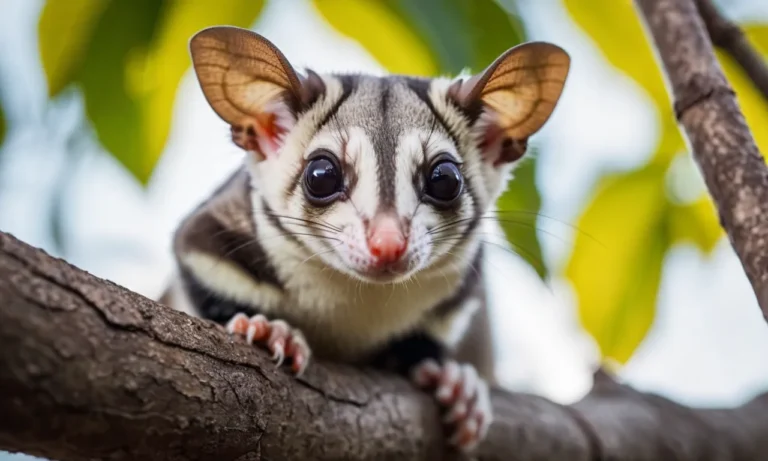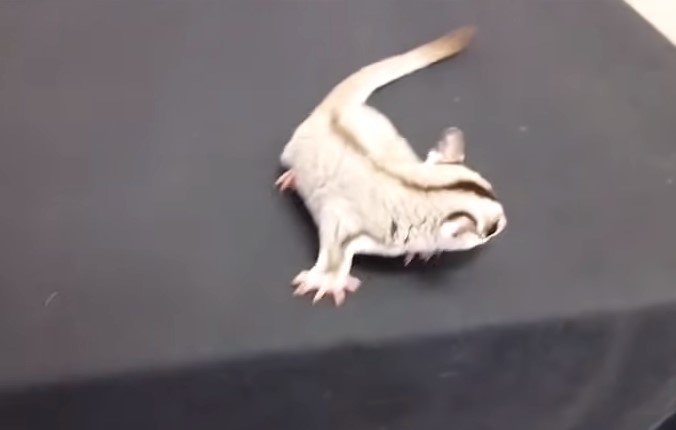Do Sugar Gliders Live In The Rainforest
Do Sugar Gliders Live in the Rainforest?
Sugar gliders, with their big eyes and adorable appearance, are fascinating little creatures that have captured the hearts of many exotic pet enthusiasts. Native to the forests of Australia, Indonesia, and Papua New Guinea, sugar gliders are small, arboreal marsupials known for their ability to glide through the air. But where exactly do these unique animals thrive in their natural habitat? Do sugar gliders live in the rainforest? Let’s find out!
Sugar gliders primarily inhabit tropical and subtropical rainforests, making these lush and diverse ecosystems their preferred homes. These rainforests provide the perfect environment for sugar gliders to thrive due to the abundance of trees, foliage, and food sources available. The dense tree canopies offered by rainforests offer sugar gliders protection, shade, and safety from predators, while also providing ample opportunities for gliding from one tree to another.
Sugar Gliders: Rainforest Dwellers
Sugar gliders have several adaptations that allow them to live and thrive in rainforest environments. Here are some key characteristics that make them well-suited for rainforest life:
1. Arboreal lifestyle: Sugar gliders are arboreal creatures, which means they spend most of their lives in trees. Their bodies are adapted for climbing and gliding through the forest canopy, allowing them to effortlessly move from branch to branch.
2. Nocturnal behavior: These adorable marsupials are primarily active at night, which is a common characteristic among rainforest-dwelling animals. This adaptation helps them avoid daytime predators and take advantage of the abundance of insect prey available during the nighttime hours.

3. Gliding ability: One of the most remarkable features of sugar gliders is their ability to glide. They have a patagium, a membrane of skin that stretches between their front and hind limbs, allowing them to glide for impressive distances through the air. This unique adaptation enables them to navigate between trees and travel longer distances in their rainforest habitat.
4. Dietary requirements: Sugar gliders are omnivores, meaning they consume a varied diet of fruits, nectar, sap, insects, and even small vertebrates. Rainforests are treasure troves of food sources for these little marsupials, providing them with an abundant and diverse range of options to meet their dietary needs.
The Rainforest Habitat: Sugar Gliders’ Home
Rainforests are rich and vibrant ecosystems characterized by high rainfall, dense vegetation, and a wide array of plant and animal species. These habitats provide an ideal living environment for sugar gliders. Let’s explore the various aspects of the rainforest that make it an optimal home for these adorable creatures:
1. Vegetation and Canopy: The dense vegetation found in rainforests—comprised of tall trees, shrubs, vines, and epiphytes—creates a complex and interconnected canopy, offering sugar gliders ample hiding spots, shelter, and multiple pathways for gliding. The abundance of trees also provides sugar gliders with their primary food source: nectar-rich blossoms, fruits, and sap.
2. Abundance of Prey: Rainforests are teeming with life, making them a veritable buffet for sugar gliders. Insects such as moths, beetles, spiders, and ants form a major part of their diet. The constant availability of these small creatures ensures a steady supply of food for the sugar gliders, contributing to their survival and well-being.
3. Safety and Protection: The dense foliage and intricate structure of rainforests offer sugar gliders the protection and security they need. The thick canopy shields them from predators such as birds of prey and terrestrial predators, while the dense undergrowth provides hiding places and nesting sites. This allows sugar gliders to rest during the day and avoid detection.
Frequently Asked Questions
1. Are sugar gliders endangered?
No, sugar gliders are not considered endangered. They are often bred in captivity as pets, which helps to reduce pressure on wild populations. However, it is crucial to ensure that captive sugar gliders are obtained from reputable breeders to prevent illegal trafficking and contribute to the conservation of their wild counterparts.
2. Can sugar gliders survive outside of the rainforest?
While sugar gliders are well-adapted to rainforest habitats, they have also been found in other types of forests, such as eucalyptus forests and woodlands. They can adapt to a range of environments as long as they have access to suitable food sources, safe nesting sites, and enough trees for gliding.
3. How do sugar gliders communicate in the rainforest?
Sugar gliders use a combination of vocalizations, scent marking, and body language to communicate with each other. They emit a range of vocal sounds, including barks, chirps, and hisses. They also use scent marking to establish territory and communicate important information to other gliders.
4. Can sugar gliders survive in captivity?
Yes, sugar gliders can survive and thrive in captivity if provided with proper housing, diet, and enrichment. However, they require specialized care, including a diet that mimics their natural food sources, plenty of space for exercise, and social interaction with their own kind or bonded human caregivers.
Final Thoughts
Observing sugar gliders in their natural rainforest habitat is a fascinating experience. These adorable creatures have evolved to thrive in the lush and diverse environment of rainforests, using their gliding abilities, nocturnal behavior, and dietary adaptations to survive and flourish. The rainforests of Australia, Indonesia, and Papua New Guinea provide the perfect home for these remarkable creatures, offering them the necessary resources and protection needed to live their best sugar glider lives. So, if you ever find yourself exploring the rainforests of these regions, keep an eye out for these cute and captivating gliders swinging gracefully through the treetops.

